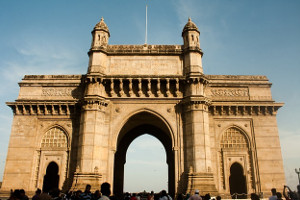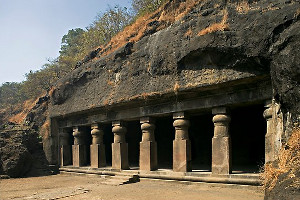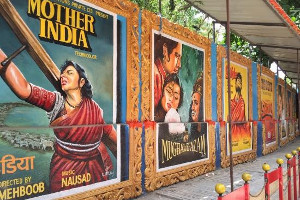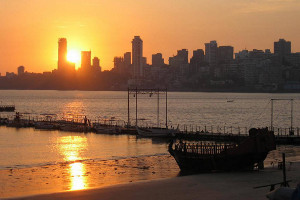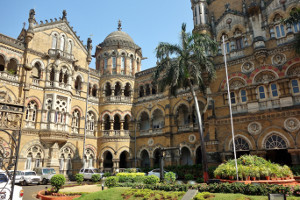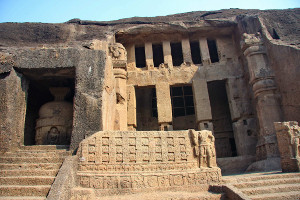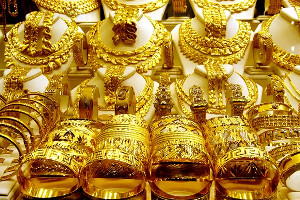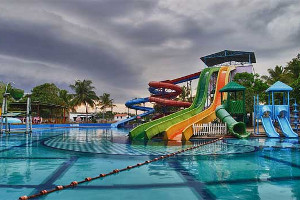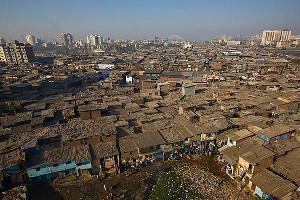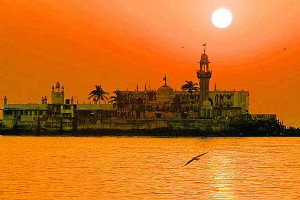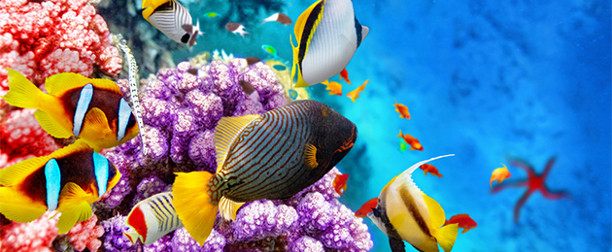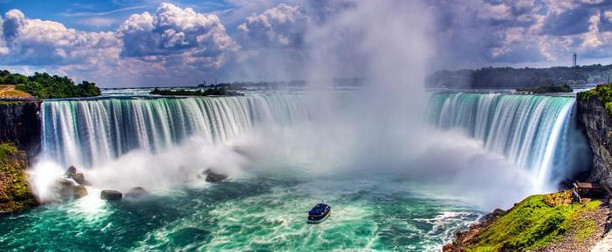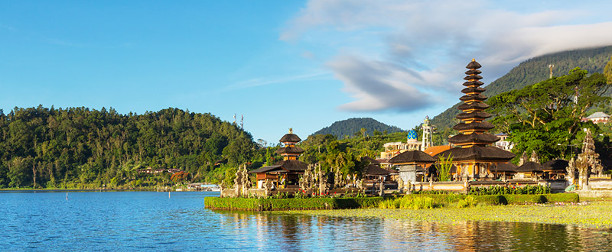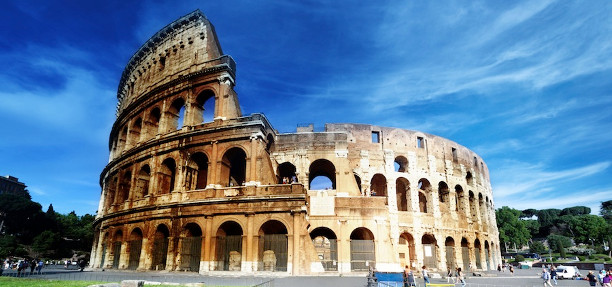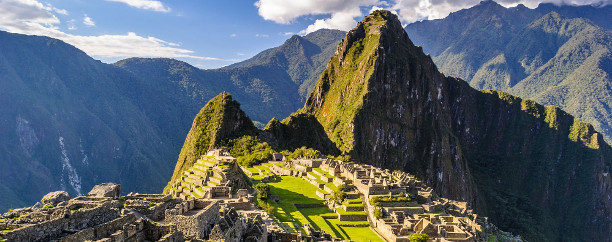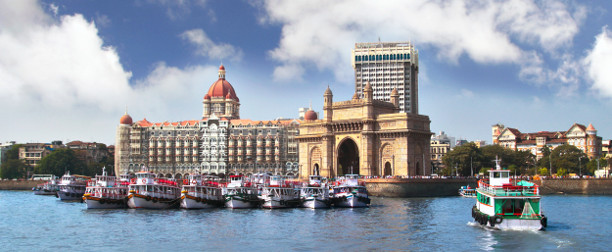
Mumbai, the entertainment, financial, commercial and fashion capital of India and by far the most populated with over 18 million people. No wonder it’s been named an Alpha City.
Formally known as Bombay up until 1995, Mumbai is a city of opportunity which attracts a diverse mix of people. Artists, musicians, actors, and executives all arrive hoping to make it big in the city that never sleeps.
While Mumbai is home to the wealthiest people in India, it is also home to the poorest. However, this divide is what makes for such a rich and colourful Indian experience.
From beaches and bazaars to man-made wonders, here is our top 10 for everything Mumbai.
#1 Gateway of India
The most recognised monument in Mumbai is The Gateway of India which acts as a starting point for tourists wanting to explore the city. It is often the first thing you see when arriving into Mumbai by ferry.
A gathering place for all walks of life, the Gateway is always buzzing with activity. A great shopping destination for souvenirs with street vendors and small shops. Make sure to sample some bhelpuri; a traditional Indian rice dish served from the street vendors.
A six-minute walk from the Gateway is the Taj Mahal Palace Hotel, another landmark of Mumbai and architectural beauty.
#2 Elephant Island
Elephant Island is a small island about ten kilometers from the Gateway of India and takes about an hour to get to by ferry.
Once on the Island, you will be transported back in time to 450 AD to discover the rock cut temples of Gharapuri. Now a Unesco World Heritage Site, the temples are a sight to behold.
The main temple is adorned with pillars, shrines, and courtyards and features a six-meter tall statue of Sadhashiva; the three faced Shiva. Also on the island is a small museum with information about the how the caves come to be.
The ferry leaves for Elephant Island every half hour from 9 am until 2 pm.
#3 Bollywood Studio Tour
Only in India will you find the fascinating world of Bollywood. One of the biggest film industries in the world producing about 1000 films per year, even surpassing Hollywood.
The best way to experience the vibrancy of Bollywood is on a tour which will cost between $100 for a half day and $150 for a full day. A bus will pick you up from your hotel and escort you to filming locations.
Here you will see everything from studios, makeup rooms, live filming, and even a meet and greet the actors. Most tours will also take you to multiple sets as well as a Bollywood museum and then drive you through the glitzy neighbourhoods where the stars reside.
#4 Chowpatty Beach
If you love your beaches with long white sandy shorelines, then Girgaon Chaupati is a must destination. Loved by locals and tourists alike, the beach is one of the most visited in all of Mumbai and can get quite busy in the afternoons.
Not just a place for relaxing, here you can find everything from fortune tellers and snake charmers to horse riding and merry go rounds. You will also find rows of vendors selling local cuisine and souvenirs while monkeys dance around causing mischief.
#5 Victoria Terminus
The Victoria Terminus now referred to as the Chhatrapati Shivaji Terminus, is a historic railway station it the heart of Mumbai.
Built back in 1887 the station features one of the best examples of colonial architecture in the country. It is listed as a world heritage site and sees over 3 million people come and go each day.
If not for the architecture, the station is worth a visit just to see the organised chaos of passengers stepping off the trains before they even pull in.
Not to mention, the hit song “Jai Ho” from the movie Slumdog Millionaire featured Victoria Terminus in their music video.
#6 Kanheri Caves
Nestled in the Sanjay Gandhi National Park are the Kanheri Caves. Believed to be some of the oldest caves in the country dating back to 1st century BC, they were a focal point for Buddist culture.
109 caves can be found in the park and were once a place of worship for the Buddhists. Inside you will find halls and monasteries all cut from the stone. Further along, you can see the remains of ancient canals and cisterns, a remnant of Buddist settlements.
To get there, you can walk or drive the 6km through the park or take a day tour that will take you through the park to the caves and even include lunch.
#7 Bazaars
Mumbai is awash with markets and bazaars that stretch across the city. A visit to India just isn’t complete until you barter yourself a souvenir.
The most famous bazaars around central Mumbai is the Colaba Causeway, the Crawford Market, the Chor Bazaar and the Bhuleshwar Market. All centrally located offering a vast array of goods with the iconic colour and vibrancy of India.
We recommend Grand Mumbai Tours that take you through all the different markets.
#8 EsselWorld
EsselWorld is the biggest amusement park in the country. It stretches out over 64 acres of land and hosts 1.8 million people each year.
With over 40 different rides including roller coasters and water slides, there is something for all ages. Also inside the park is a full-size ice rink, a bowling alley, an arcade and a dance hall that holds functions and events.
Entry into the park will only cost you around $25 which is fantastic value!
#9 Dharavi Slums
The biggest slum in all of India is The Dharavi otherwise known as Mumbai’s ‘Shadow City.’
As many as 17,000 people per acre cram into the makeshift housing that spreads out over 217 hectares. With a population of approximately 800,000 strong, people must share just 28 square meters of sleeping space with 15 other people.
Located in the center of Mumbai, the slums are popular with tourists who are curious to see a different way of life. There are walking tours through the slums which we recommend as it is quite easy to get lost.
#10 The Haji Ali Dargah
Floating out on an inlet like a mirage sits the Haji Ali Dargah. The iconic building, built in 1431, houses the tomb of Saint Pir Haji Ali Shah Bukhari, a wealthy Muslim merchant.
The legend is that Saint Pir Haji Ali fell ill. He then instructed his followers to cast his coffin out into the Arabic Sea after he had died. The coffin made its way back to the shores of India where got caught on the rocks. The very place where the Dargah stands today.
The best days to visit the shrine is on Thursdays and Fridays when it is teeming with pilgrims. And, if you’re lucky enough, you may hear the locals singing traditional qawwali songs.

